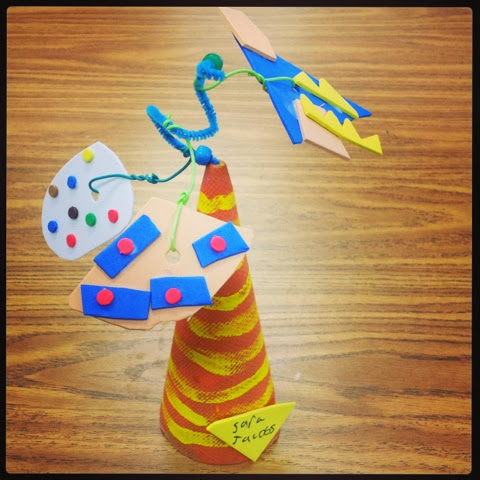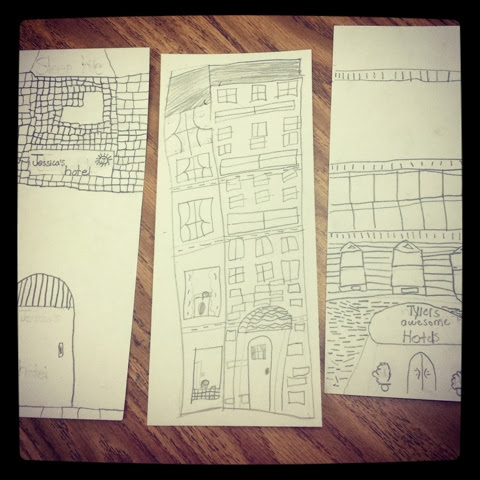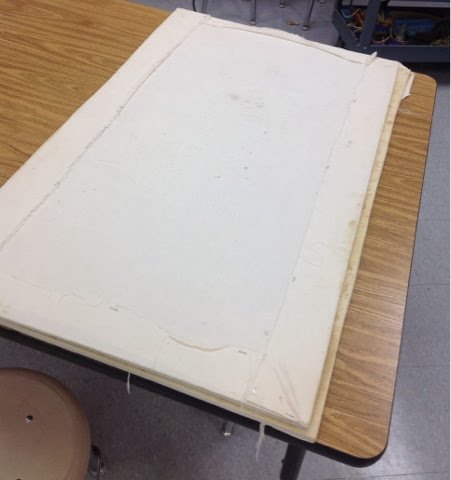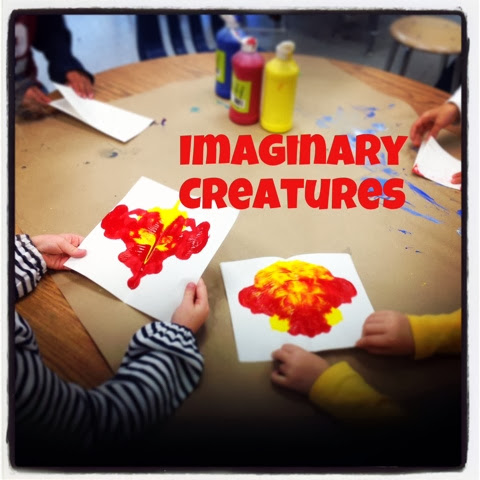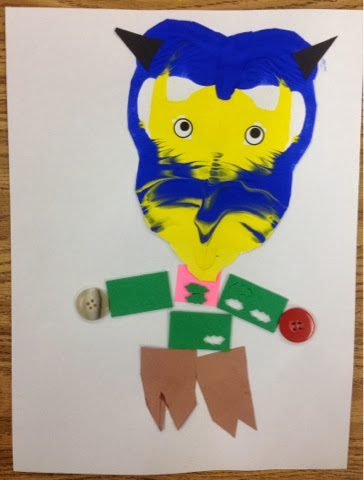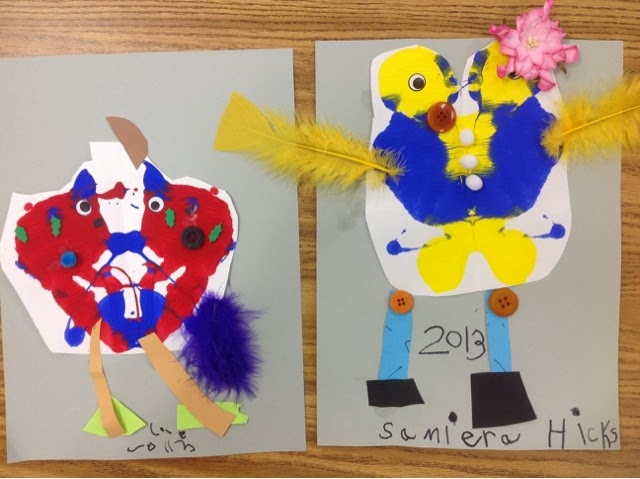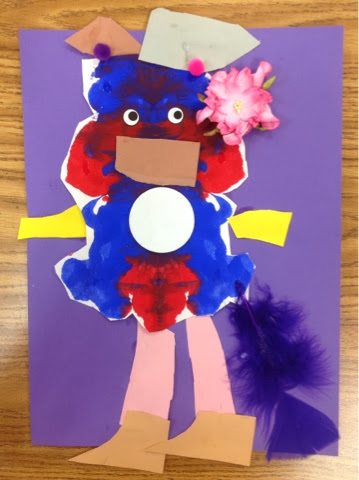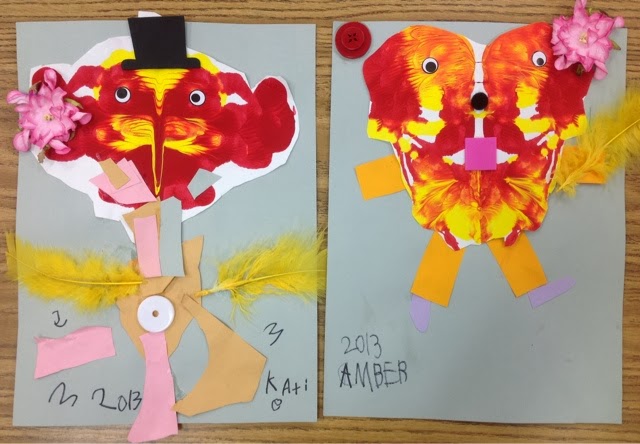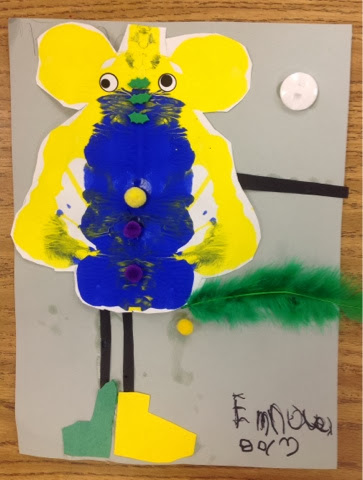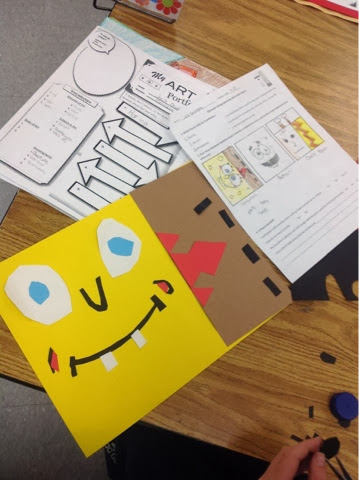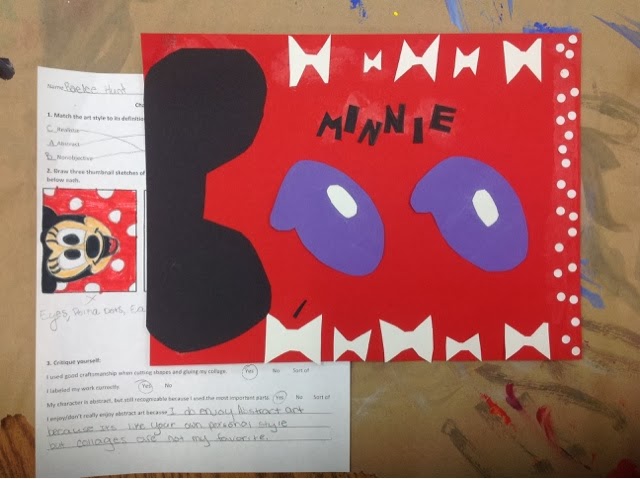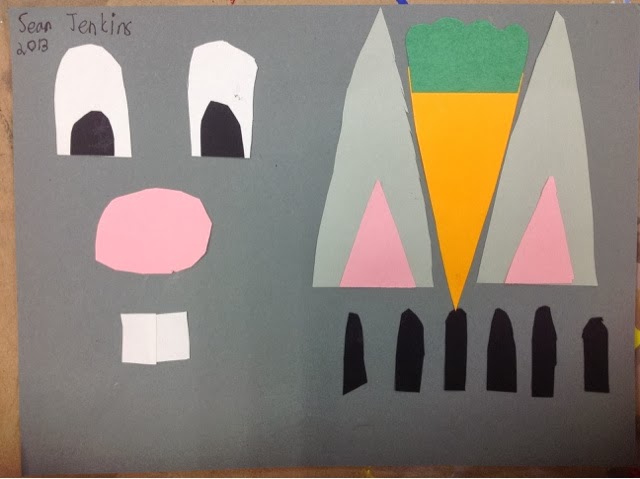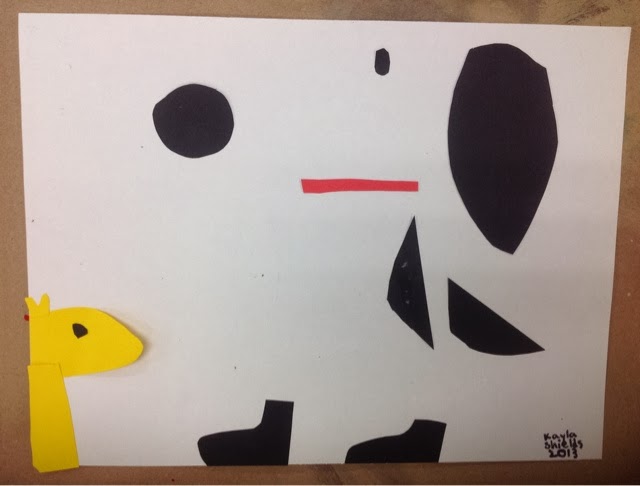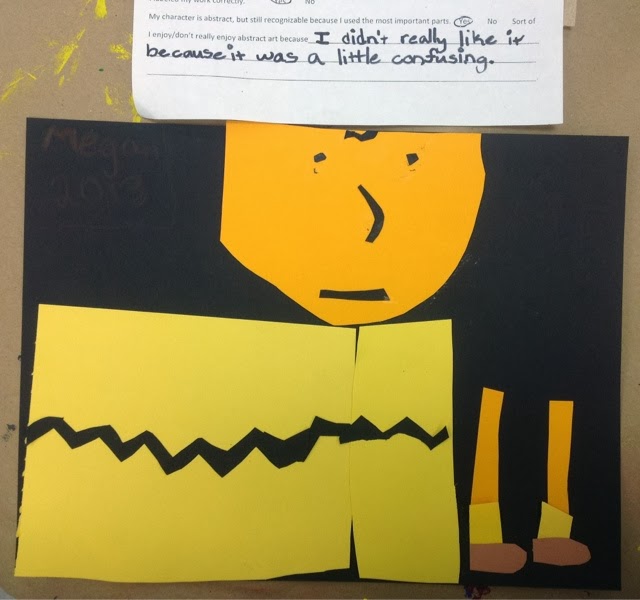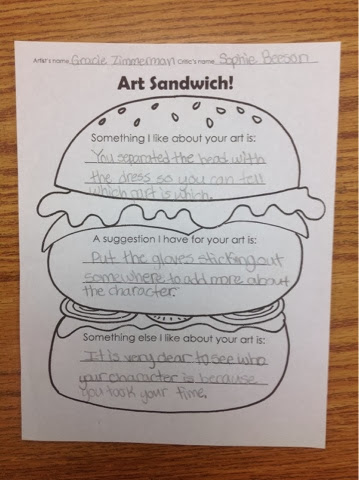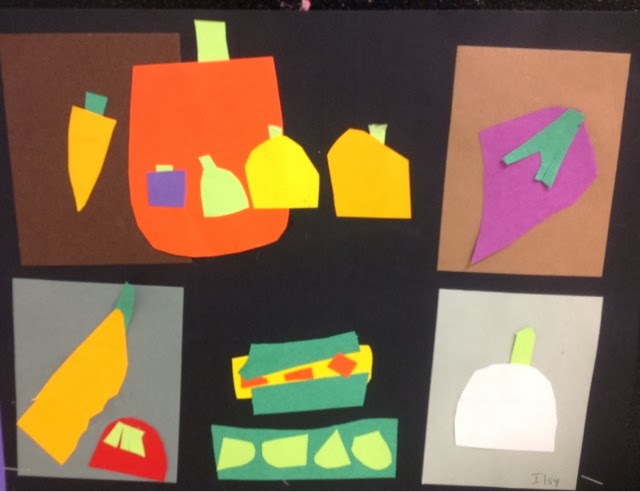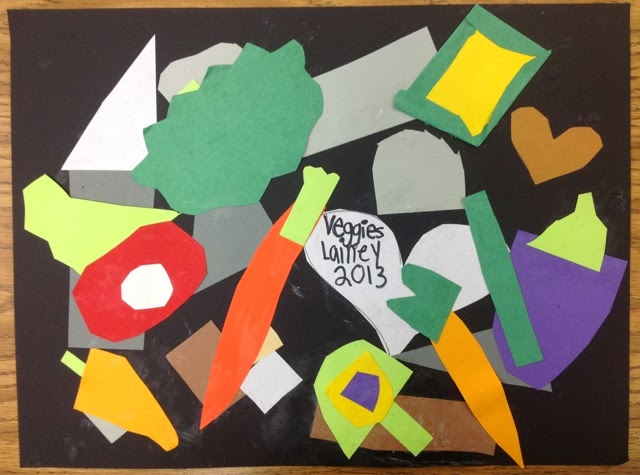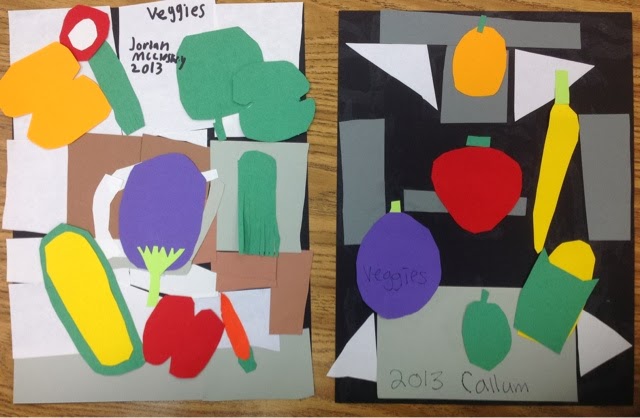Monday, November 25, 2013
In progress
We are out for Thanksgiving week, and I am very thankful for this time to rest and recharge. I am also thankful for the work we do together - here's where we left off - many good posts to come in December when we get back...
Tuesday, November 19, 2013
Clay Boards for Tabletops
Before I made these, I had some dusty, shaggy burlap mats that left clay dust all over the table, and slid around a lot when kids tried to roll slabs and such. It was a clean up nightmare, trying to keep the tables in decent shape changing from class to class and project to project. So...
I measured my tables and realized that a single board per table would be too big and heavy, so I made two per table from thin plywood and wrapped them in canvas. Here is the back view (still really clean after 3 years!):
If I remember correctly, it was about a $60 investment but so so worth it. You can roll coils and throw slabs until your heart is content! I remember the first few times we used them, water and slip pills caused them to bend very slightly, but keeping them stacked on top of each other solved that problem overnight. Something to try if you haven't - happy building!
Sunday, November 17, 2013
Wednesday, November 13, 2013
Character Collage: Deconstruction
***UPDATE: I just added my worksheet for this lesson to my Teachers pay Teachers store! I made it slightly more generic to fit the needs of the teachers who were requesting it - hope you like it!
Let me begin by saying... this one was much harder than I expected! We started out by defining the terms "realistic, abstract, and nonobjective" and looking at some examples of abstract art that used deconstruction, or taking the pieces apart and putting them back together in a new way - a challenge that many artists find very refreshing and meaningful. We even had a mini-LA lesson as we deconstructed the word "deconstruction" and found the root word and talked about the prefixes de- and re-. Confused yet? :)
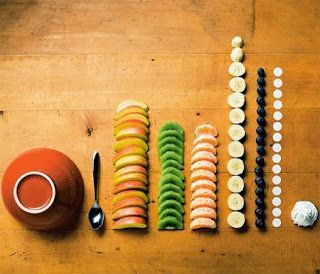 |
| An example of deconstruction and reorganization by Swiss artist Ursus Wehrli |
Monday, November 11, 2013
Blog Hopping: AOE Winter Conference - sign up!
Find out how to register and more here: http://www.theartofed.com/aoeconferencewinter2014/
Vegetable Collage (Matisse)

 Another year of some great veggie collages inspired by Collage-Master Henri Matisse - read all about it and see a nice video of Matisse in action from last year's post here! http://dolvinartknight.blogspot.com/2012/09/vegetables-by-matisse.html
Another year of some great veggie collages inspired by Collage-Master Henri Matisse - read all about it and see a nice video of Matisse in action from last year's post here! http://dolvinartknight.blogspot.com/2012/09/vegetables-by-matisse.htmlThis year we switched it up a little, using neutrals in the background. Tasty!
Subscribe to:
Posts (Atom)





